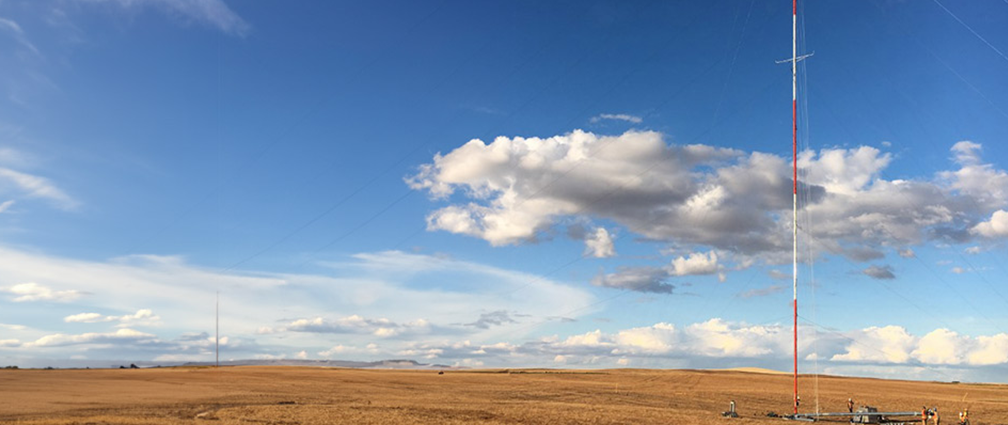
Myth or Reality: Meteorological Evaluation Towers
In the world of wind energy, meteorological evaluation towers (MET) play a crucial role in harnessing the power of the wind. However, several myths and misconceptions often surround these towers; clouding the understanding of their purpose and capabilities. MET Towers bring great value to the development and research of wind energy.
Location
Myth 1: A wind turbine will be located where there is a MET tower.
Reality: The location of a MET tower is not an indicator of turbine placement. In fact, the typical coverage of a MET tower is close to a 7,000-acre area.
MET towers are used to collect important weather measurements in a specific area. They are carefully placed to make sure they accurately collect information at different heights.
Learn more about Met Towers
Sound
Myth 2: MET towers are noisy
Reality: MET towers are constructed and designed for stability and obtaining accurate measurements without interfering with wind flow. As a result, they are built to minimize vibrations that generate sound.
MET towers hold tools to measure weather, such as anemometers, wind vanes and temperature sensors, which do not make noise.
Measurement
Myth 3: MET towers collect data beyond weather
Reality: MET towers collect meteorological and environmental information.
They are equipped with specialized sensors and instruments to measure:
Wind speed
Wind direction
Temperature
Humidity
Barometric pressure
These measurements help assess the wind resource potential and determine the feasibility of a wind energy project. Some MET towers are also equipped with instruments to measure local bat populations. As the data is collected, it is transmitted through a cellular network.